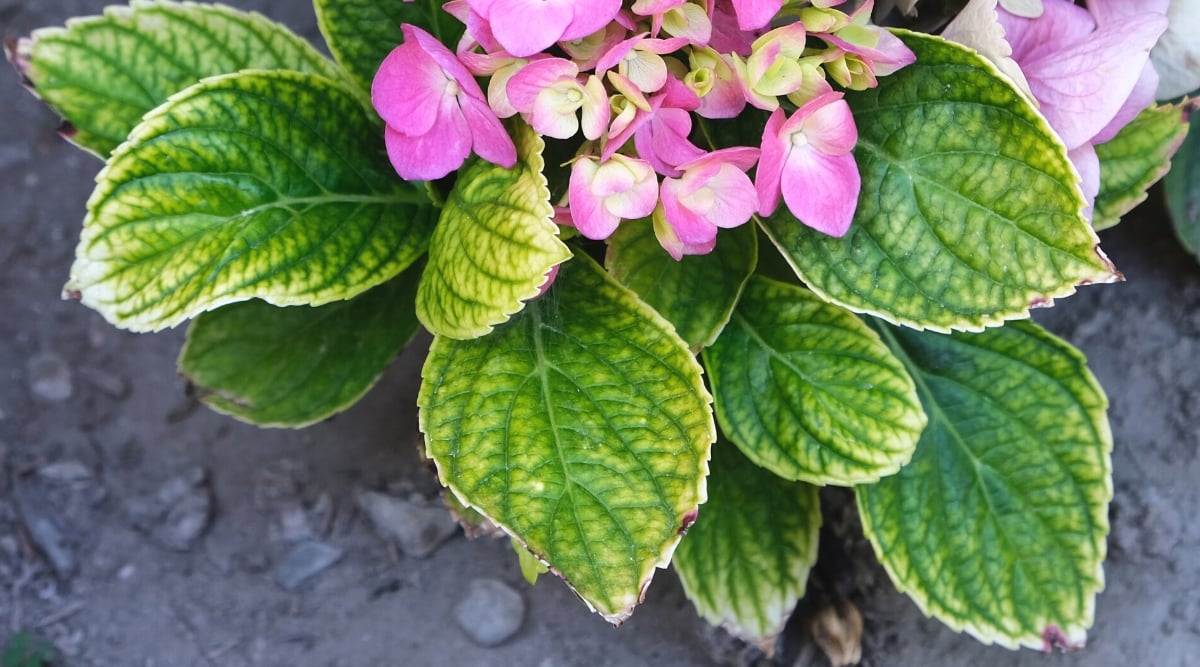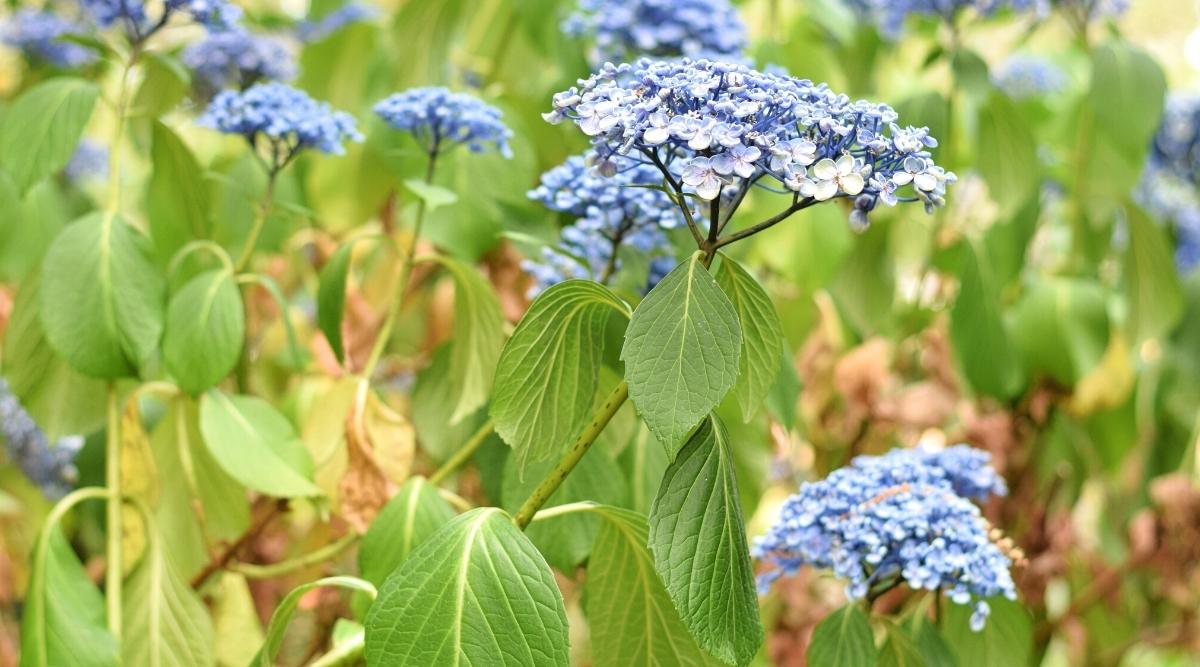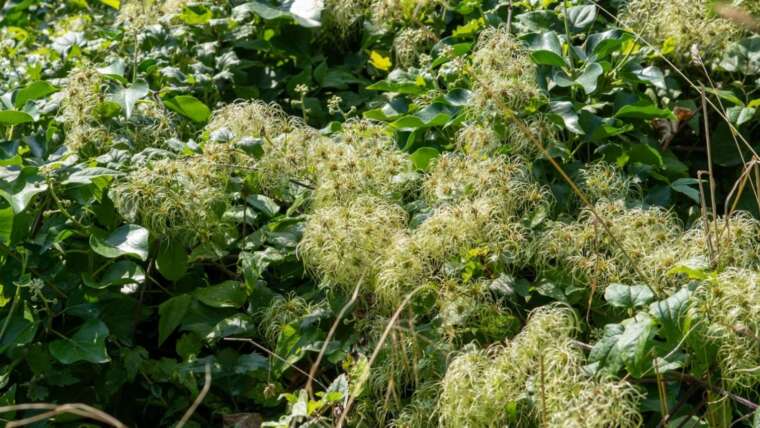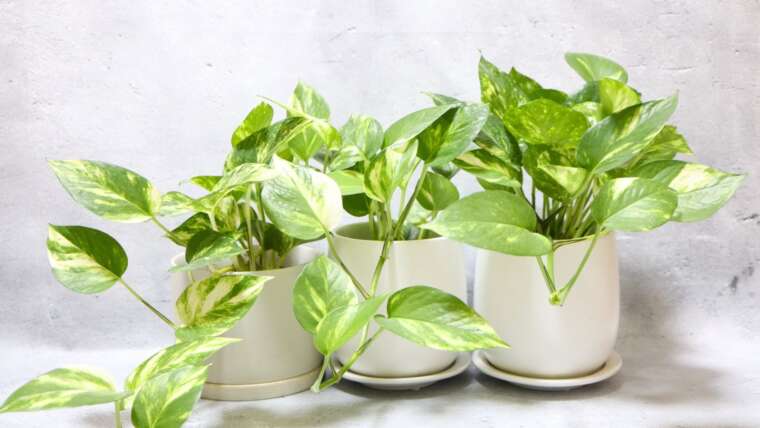Hydrangeas are well-loved landscape plants because of their size, shape, and billowy blossoms. But an overwatered hydrangea may have disappointing blooms that look unsightly in the garden. Here, we will look at 7 signs of an overwatered hydrangea.
Keep in mind that your shrub may experience more than one of these symptoms at a time. These flowering shrubs are easy to care for in ideal growing conditions, but even gardeners with the best intentions can experience some issues.
High humidity and a particularly rainy season can throw things off, and so can extended periods of drought. Use this as a guide to address overwatering or identify if these symptoms are signs of other issues.
Disappointing Blooms
Overwatered hydrangeas can have wilted brown flowers, fewer flower buds, and deformation.
We all grow hydrangeas for their flowers; there is no way around it. Nothing is more depressing or frustrating than when your hydrangeas do not bloom as expected. Unfortunately, overwatering your hydrangeas is a sure way to mess up those blossoms.
If your hydrangea is already in full bloom, overwatering may result in flowers that appear wilted. However, these flowers will not be dried and wilted. The petals will be soft and likely begin to turn brown very rapidly.
Overwatering can also affect the way flower buds are produced. When hydrangea roots are suffocated by water, they will not produce as many flowers as they normally would.
They might not produce any at all. Overwatering can also create deformed flowers. This may mean that you get mopheads with only a few flowers on each one, leaving your shrub looking sparse.
Unfortunately, once flowers have hit this point, you cannot do much to revive your hydrangeas this season. Take note, and be prepared to change your watering schedule for the fall and next year.
Discolored Leaves
 Yellowing leaves could indicate overwatering or underwatering.
Yellowing leaves could indicate overwatering or underwatering.
If your shrub’s leaves are turning yellow, you may have issues with overwatering. This is an issue that could also be a symptom of underwatering, so you will need to do a little bit of detective work to figure out what the culprit of the discoloration is.
Leaves may begin to turn yellow within the plant. You may also notice that the veins of the leaf will remain green while the rest of the leaf turns yellow.
If the leaf wilts as it turns yellow and turns crisp or dry, this is a sign of underwatering. Overwatered leaves also wilt but won’t be dry.
If you also notice other symptoms, like overly moist soil, you can quickly remedy it by changing your watering schedule. When experiencing a rainy summer, you probably do not need to supplement water at all.
Hydrangeas do not like to dry out, but they like to sit in wet soil even less. If only a few yellow leaves are on your shrubs, pick them off with your hand.
Wilted or Squishy Leaves
 Overwatered hydrangeas may have wilted leaves that are squishy, so refrain from watering until the symptoms improve.
Overwatered hydrangeas may have wilted leaves that are squishy, so refrain from watering until the symptoms improve.
Along with leaf discoloration, you may notice that your hydrangea leaves have begun to wilt. This will not be the crispy wilting you notice when your hydrangeas are dried out. Overwatered hydrangea leaves will be soft and squishy while they are wilting.
This goes hand in hand with discoloration and may be a sign that your overwatering is more of an issue. At this point, it is best to hold off on any watering until the symptoms resolve themselves.
Drooping or Falling Leaves
 Yellow and wilted leaves on hydrangeas may fall off due to root rot caused by overwatering.
Yellow and wilted leaves on hydrangeas may fall off due to root rot caused by overwatering.
If your leaves are yellow and wilted, the only thing left for them to do is to fall off of your hydrangea plant. If your hydrangea has reached this point because of overwatering, you could be in trouble.
The dropping of leaves is typically a result of root failure, which is most likely caused by, you guessed it: root rot.
Presence of Fungus or Root Rot
 To check for overwatering, examine the soil and roots for signs of root rot.
To check for overwatering, examine the soil and roots for signs of root rot.
If you suspect your hydrangea has been overwatered, the best way to be sure is to stick a finger down into the soil to feel for moisture.
In addition, you may notice fungus on the soil surface near your hydrangeas. This is a sure sign of a lot of moisture in the soil and low air circulation around your plants.
Your next stop will be checking out the roots of your hydrangea. These roots should be bright white and firm to the touch. Your hydrangea is in trouble if the roots are brown or black and soft. This is most likely root rot, which will likely kill the shrub.
You can dig up the whole plant and cut off any diseased parts of the root system, then try to transplant your shrub to a better-draining soil blend, but there are no guarantees this will be successful.
Slow Growth
 Overwatering can cause slow or stunted growth in hydrangeas due to declining roots with limited energy for new growth.
Overwatering can cause slow or stunted growth in hydrangeas due to declining roots with limited energy for new growth.
You may notice very slow or stunted growth if your hydrangeas have been overwatered. This drastically affects varieties that produce a lot of new wood each year, such as panicle hydrangeas.
This happens because the roots are in decline and do not have the energy to produce as much new growth as you may anticipate.
Pooling in Soil
 Puddling water around your plants indicates overwatering.
Puddling water around your plants indicates overwatering.
If you notice water puddling around your plants after irrigating or heavy rain, you have an issue with overwatering. This could be Mother Nature’s fault entirely. However, you might need to amend your soil or adjust your watering schedule.
Hydrangeas grow best in well-draining soil. This means the soil retains moisture, but water doesn’t pool on the surface. You can amend your soil by slowly incorporating compost or other organic material. This will take a bit of time, but it will be long-lasting.
The quickest way to solve this issue is to hold off on watering for a while. Give the soil time to dry, and keep your eye on the plant to ensure no other symptoms. When the soil has dried out nicely, you can resume watering as needed!
Final Thoughts
Once your hydrangeas are well established in your yard, they need about one inch of water per week. They need to grow in well-draining soil to allow excess water to drain away from the root zone of your shrubs.
The good news about hydrangeas is that they are very good at letting you know when something is off. Many warning signs will clue you into what is happening with your plants.
Hydrangeas can be perceived as being high maintenance. But in reality, they are quite simple to care for. Once you get to know your hydrangea and how it grows in your garden, all you will need to do is keep your eye on it and water as needed!




